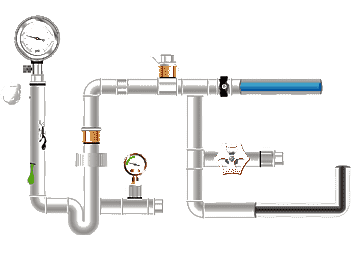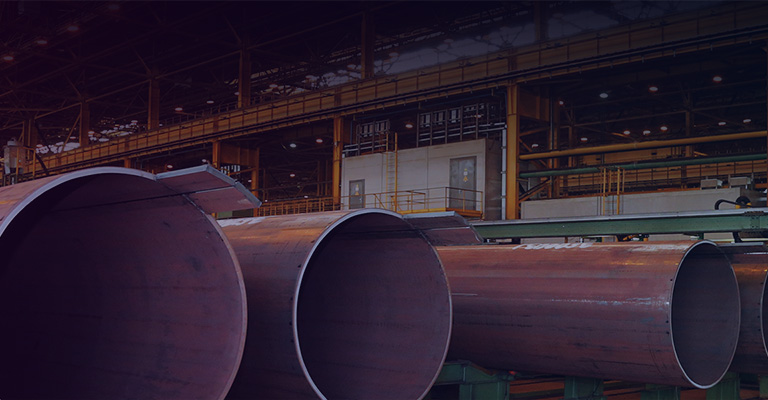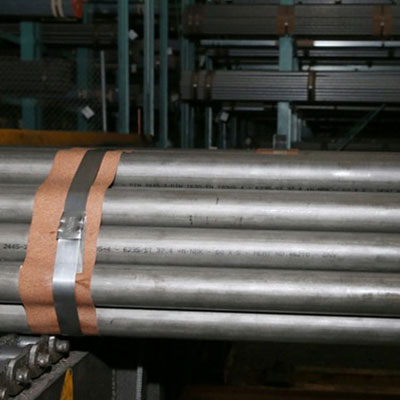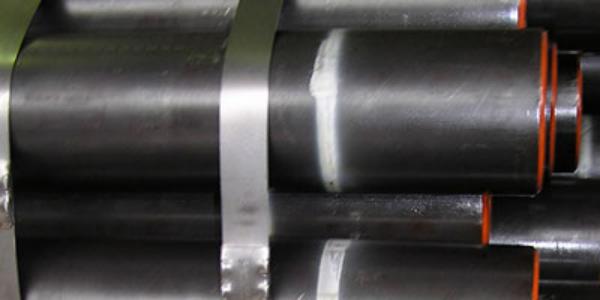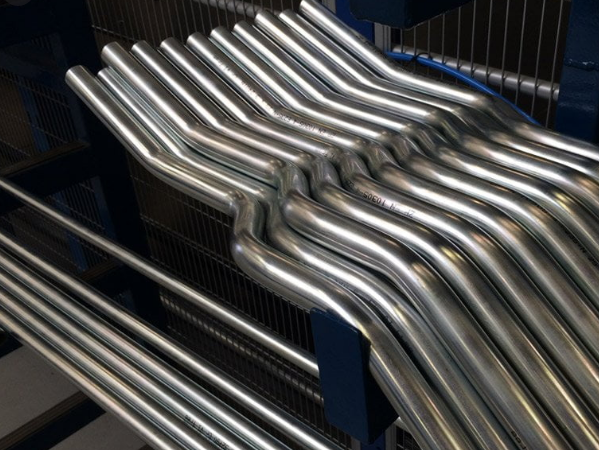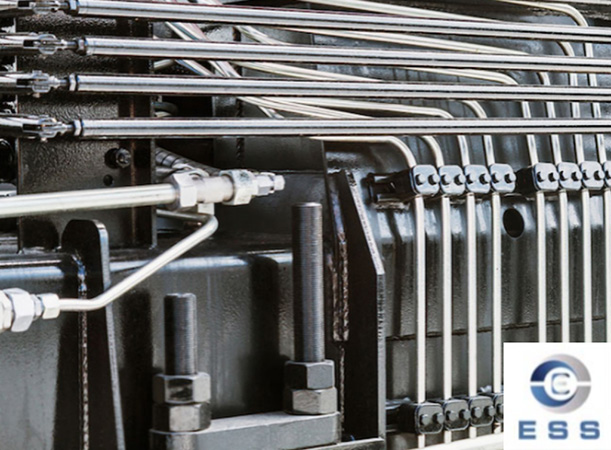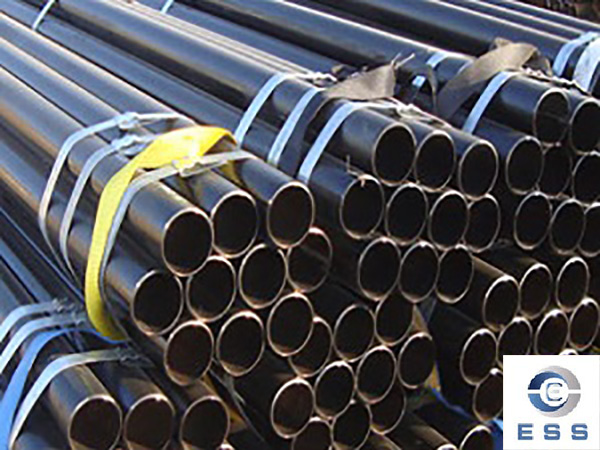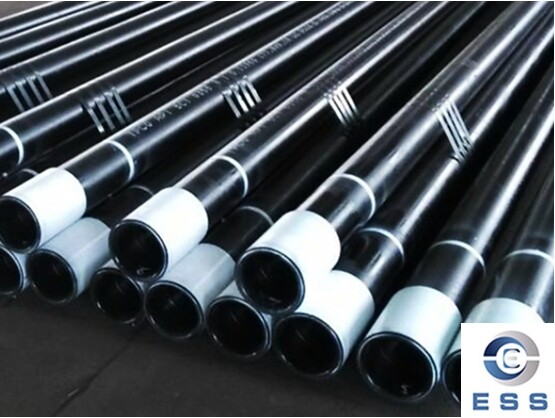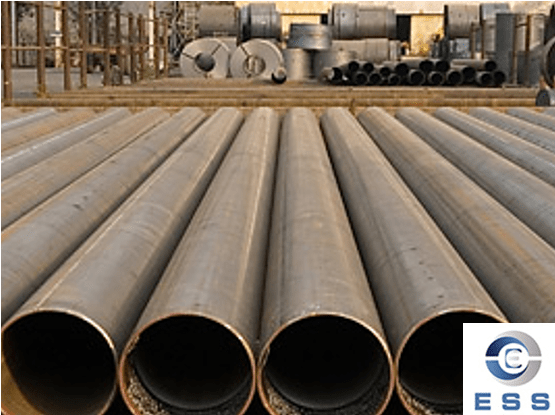|
No.
|
Description
|
Working Pressure (Bar)
|
Burst Pressure
(Bar)
|
IMPA CODE
|
|
43
|
20MM OD x 4.5MM THK x 6 MTR
|
636
|
1580
|
-
|
|
44
|
20MM OD x 5.0MM THK x 6 MTR
|
707
|
1755
|
-
|
|
45
|
22MM OD x 2.0MM THK x 6 MTR
|
257
|
638
|
710727
|
|
46
|
22MM OD x 2.5MM THK x 6 MTR
|
321
|
798
|
-
|
|
47
|
22MM OD x 3.0MM THK x 6 MTR
|
385
|
957
|
710728
|
|
48
|
22MM OD x 4.0MM THK x 6 MTR
|
514
|
1276
|
-
|
|
49
|
25MM OD x 2.0MM THK x 6 MTR
|
226
|
562
|
710729
|
|
50
|
25MM OD x 2.5MM THK x 6 MTR
|
283
|
702
|
710730
|
|
51
|
25MM OD x 3.0MM THK x 6 MTR
|
339
|
842
|
710731
|
|
52
|
25MM OD x 3.5MM THK x 6 MTR
|
396
|
983
|
-
|
|
53
|
25MM OD x 4.0MM THK x 6 MTR
|
452
|
1123
|
-
|
|
54
|
25MM OD x 5.0MM THK x 6 MTR
|
565
|
1404
|
-
|
|
55
|
28MM OD x 2.0MM THK x 6 MTR
|
202
|
501
|
-
|
|
56
|
28MM OD x 2.5MM THK x 6 MTR
|
252
|
627
|
710732
|
|
57
|
28MM OD x 3.0MM THK x 6 MTR
|
303
|
752
|
-
|
|
58
|
28MM OD x 4.0MM THK x 3 MTR
|
404
|
1003
|
-
|
|
59
|
28MM OD x 5.0MM THK x 6 MTR
|
505
|
1254
|
-
|
|
60
|
30MM OD x 2.0MM THK x 6 MTR
|
188
|
468
|
-
|
|
61
|
30MM OD x 2.5MM THK x 6 MTR
|
236
|
585
|
710733
|
|
62
|
30MM OD x 3.0MM THK x 6 MTR
|
283
|
702
|
-
|
|
63
|
30MM OD x 4.0MM THK x 6 MTR
|
377
|
936
|
-
|
|
64
|
30MM OD x 5.0MM THK x 6 MTR
|
471
|
1170
|
-
|
|
65
|
35MM OD x 2.0MM THK x 6 MTR
|
161
|
401
|
-
|
|
66
|
35MM OD x 2.5MM THK x 6 MTR
|
202
|
501
|
710734
|
|
67
|
35MM OD x 3.0MM THK x 6 MTR
|
242
|
602
|
-
|
|
68
|
35MM OD x 4.0MM THK x 6 MTR
|
323
|
802
|
710735
|
|
69
|
35MM OD x 5.0MM THK x 6 MTR
|
404
|
1003
|
-
|
|
70
|
38MM OD x 3.0MM THK x 6 MTR
|
223
|
554
|
-
|
|
71
|
38MM OD x 4.0MM THK x 6 MTR
|
297
|
739
|
-
|
|
72
|
38MM OD x 5.0MM THK x 6 MTR
|
372
|
924
|
-
|
|
73
|
42MM OD x 2.0MM THK x 6 MTR
|
135
|
334
|
-
|
|
74
|
42MM OD x 3.0MM THK x 6 MTR
|
202
|
501
|
-
|
|
75
|
42MM OD x 4.0MM THK x 6 MTR
|
269
|
669
|
710736
|
|
76
|
42MM OD x 5.0MM THK x 6 MTR
|
336
|
836
|
-
|
|
77
|
50MM OD x 3.0MM THK x 6 MTR
|
170
|
421
|
-
|
|
78
|
50MM OD x 5.0MM THK x 6 MTR
|
283
|
702
|
-
|
|
79
|
60MM OD x 3.0MM THK x 6 MTR
|
141
|
351
|
-
|
|
80
|
60MM OD x 5.0MM THK x 6 MTR
|
236
|
585
|
-
|
|
81
|
65MM OD x 6.0MM THK x 6 MTR
|
261
|
648
|
-
|
|
82
|
75MM OD x 3.0MM THK x 6 MTR
|
113
|
281
|
-
|
|
83
|
1/8"NB x 2.41MM THK x 6 MTR
|
649
|
1611
|
-
|
|
84
|
1/4"NB x 3.02MM THK x 6 MTR
|
618
|
1536
|
-
|









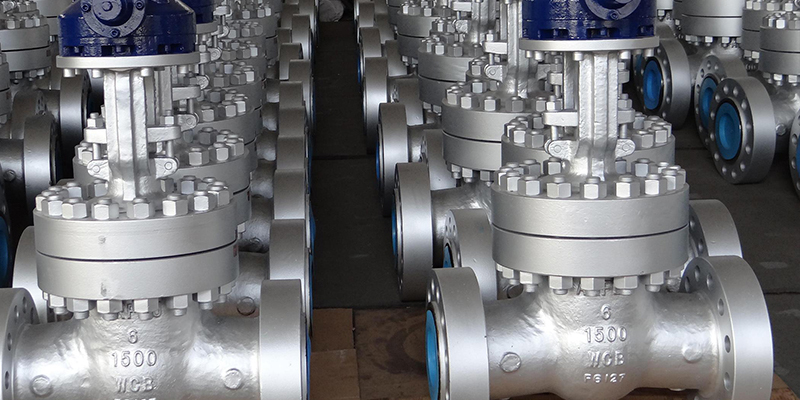
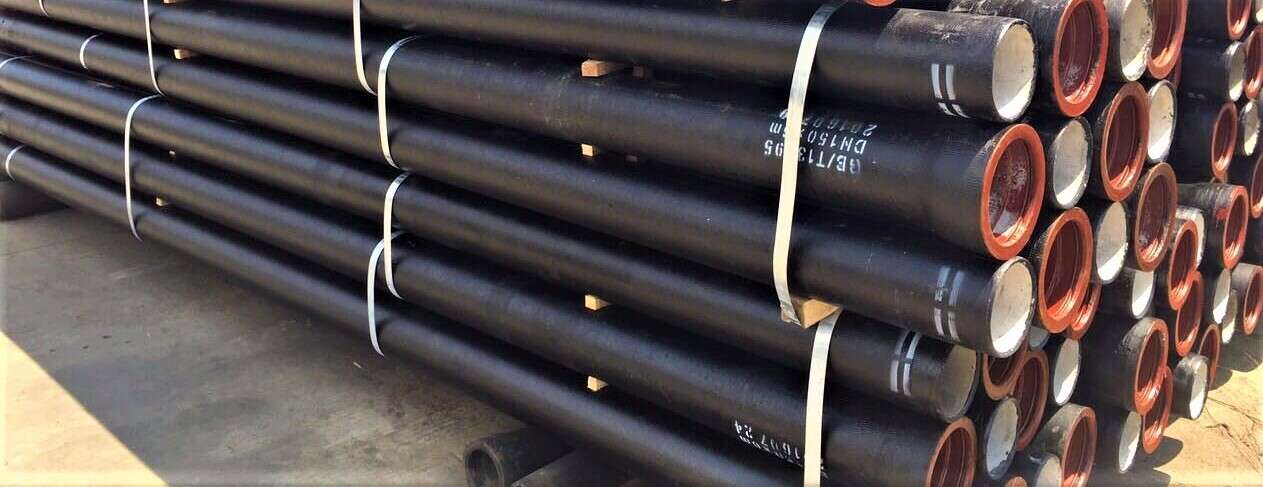


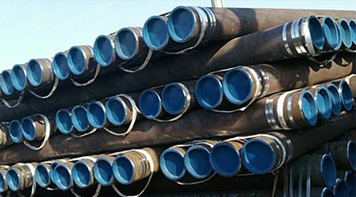 Eastern Steel Manufacturing Co.,Ltd not only improve product production and sales services, but also provide additional value-added services. As long as you need, we can complete your specific needs together.
Eastern Steel Manufacturing Co.,Ltd not only improve product production and sales services, but also provide additional value-added services. As long as you need, we can complete your specific needs together.
